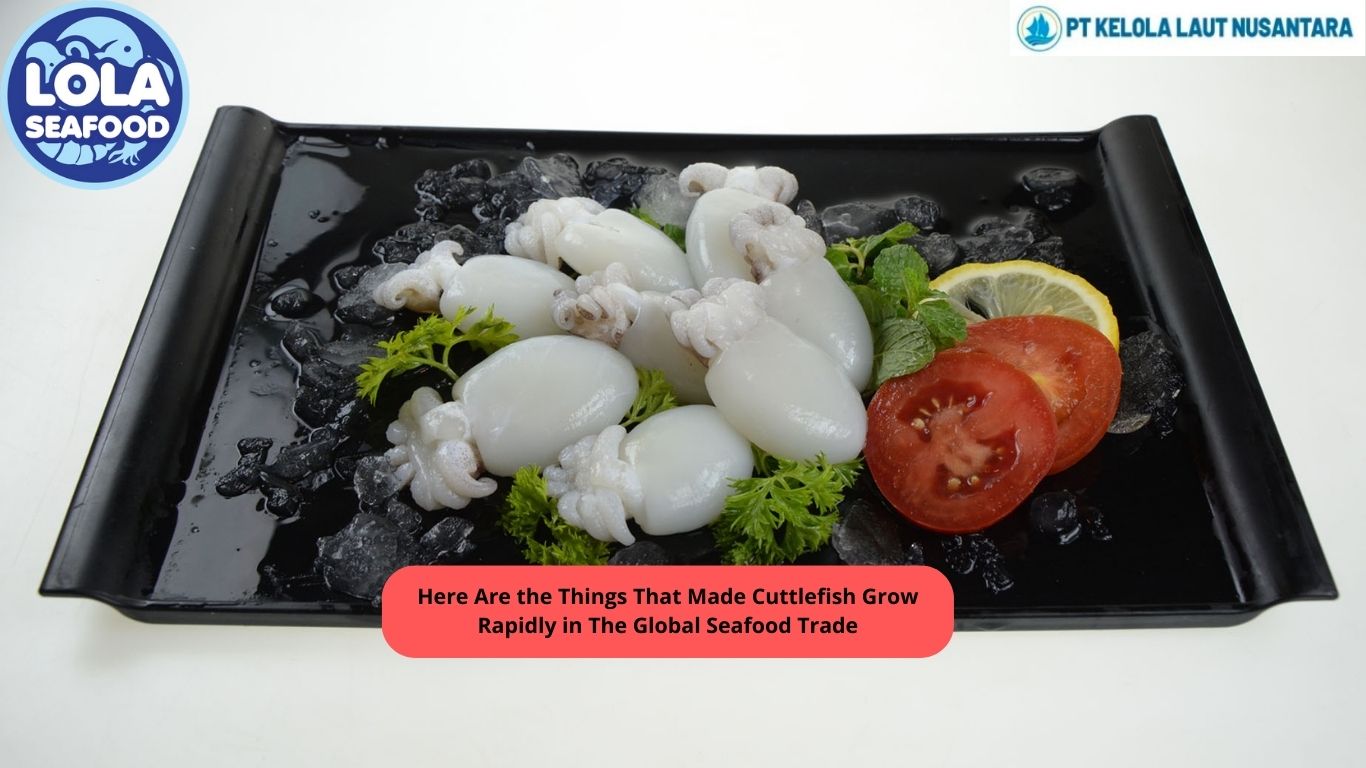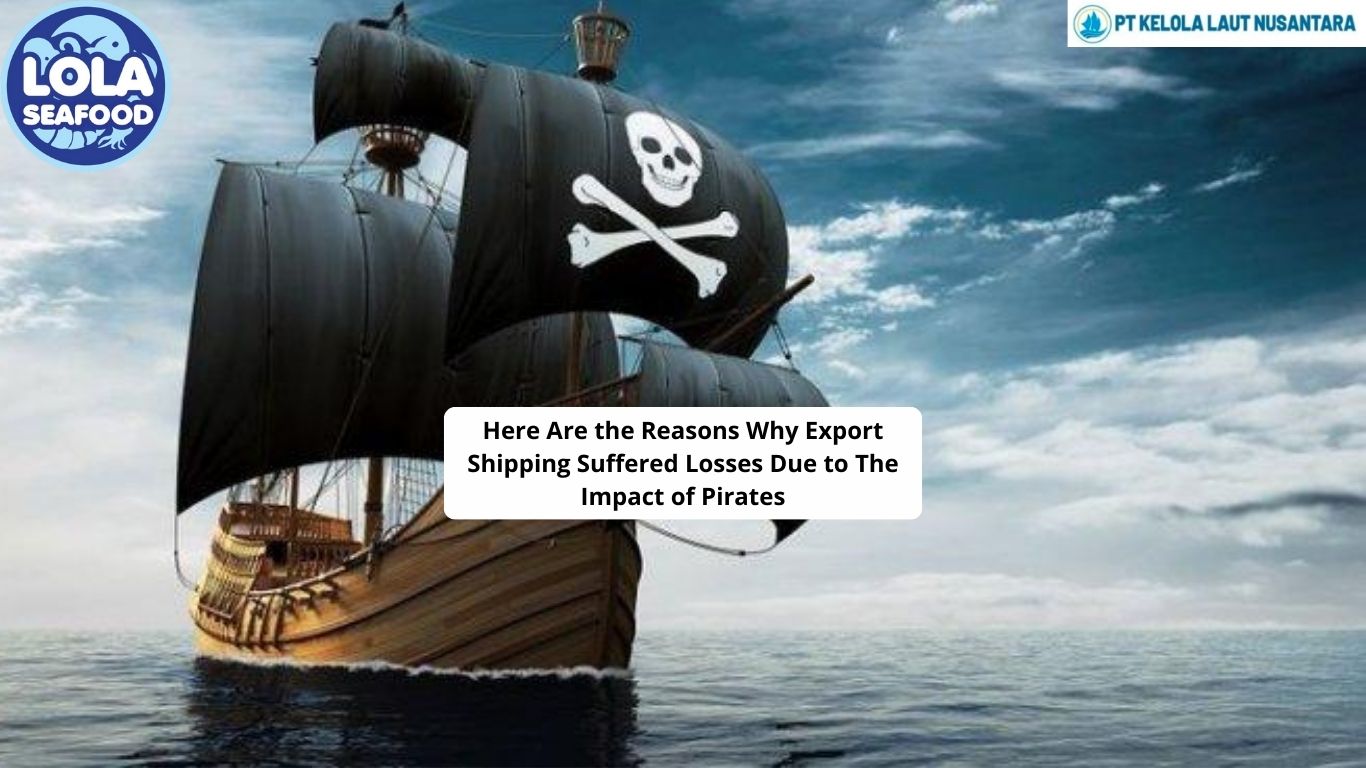Quality Control in Frozen Fish Production: Ensuring Consumer Safety
By. Najih - 29 Feb 2024
The frozen fish industry plays a crucial role in meeting the increasing global demand for seafood. As consumers increasingly turn to frozen options, ensuring the safety and quality of these products become paramount.
Quality control is a comprehensive system implemented throughout the frozen fish production process to guarantee that the final product meets predefined standards. In the seafood industry, where freshness is vital, quality control becomes indispensable. It involves monitoring and managing various factors, including hygiene, temperature control, and adherence to regulatory standards.
One of the primary focuses of quality control in frozen fish production is maintaining impeccable hygiene and sanitation standards. This begins at the source, ensuring that fish are caught, handled, and transported in a manner that prevents contamination. Rigorous cleanliness measures are also implemented in processing facilities to avoid bacterial growth and cross-contamination during production.
Quality control protocols in frozen fish production must align with international and local regulatory standards. This includes regular testing for contaminants such as mercury and pathogens, ensuring that the fish meets safety requirements. Adherence to these standards not only guarantees consumer safety but also establishes trust in the industry.
Implementing robust quality control systems enables traceability throughout the supply chain. This means that every batch of frozen fish can be traced back to its source, allowing for quick and effective recalls in case of contamination or other safety concerns. Transparency in labeling and information dissemination also builds consumer confidence.
Quality control extends beyond the production floor to consumer education. Informing consumers about the importance of checking labels, understanding quality indicators, and proper handling of frozen fish at home contributes to overall safety. An informed consumer is better equipped to make choices that align with their preferences and health considerations.
Quality control in frozen fish production is not just a regulatory requirement; it is a commitment to consumer safety and satisfaction. By upholding stringent standards in hygiene, temperature control, and adherence to regulations, the industry ensures that frozen fish remains a reliable and safe source of seafood for consumers worldwide. Continuous improvement in quality control measures will only further enhance the reputation and sustainability of the frozen fish industry.
.jpg)
 (1).png)


.jpg)
.jpg)
.jpg)

 (3).png)